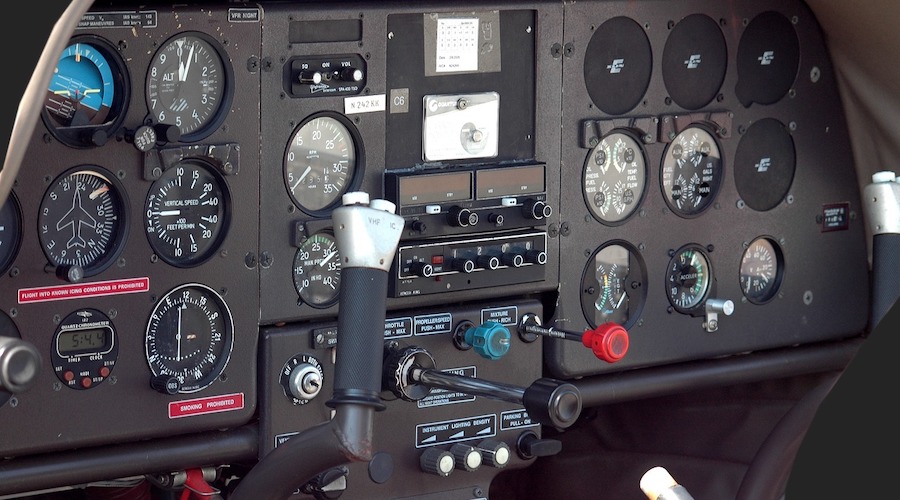
Instrument rating is the next step in the process of becoming a professional pilot. It is the next certification once you acquire your private pilot certificate. If your dream is to ever become an airline pilot or fly in a commercial capacity, you need an instrument rating. Even if you want to become an instructor and don’t want to fly, an instrument rating presents you as an experienced and well-equipped pilot. The process of getting your instrument rating helps you gain experience. Typically, you need to take classes like the a320 CBT to prepare for the written exams. You will also need flight hours which they will test through the check-ride. However, you will need to meet requirements, and we outline them below; take a look.
Basic Instrument Rating Environment
There are specific requirements that every pilot has to meet before they can go for their instrument rating. These requirements are general and cut across various regions.
- You should have the ability to read, understand, speak and write in the English language.
- You should hold a current private pilot certificate. Alternatively, you can apply for the certificate along with your instrument rating.
- Take a ground school training course like a320 CBT or receive the ground training from a certified instructor.
- Receive an endorsement from your certified instructor to take the knowledge test
- Pass the knowledge test, which covers the aeronautical knowledge
- Receive flight instruments in the area you need to acquire your instrument rating.
- Pass the practical test/check-ride
These are the primary instrument rating requirements. Apart from these crucial requirements like taking a training course like the a320 CBT, you also need to be 17 years old. You will also need your medical certificate for the instrument rating.
Knowing the Difference Between the Part 141 and Part 61 Instrument Rating Requirements
Some flight schools got together and proposed a reduced number of flight hours for students to get their rating if they met other requirements. That’s how Part 141 came to be in some flight schools. If you train in a school under Part 141, you can get your instrument rating faster than someone in Part 61 flight school. However, the process isn’t automatic, and there are stage checks you have to pass along the way. Your instructor and the examiner also need to sign you off before you can get the rating. It is noteworthy that simply going to a Part 141 flight school doesn’t translate to saving money and time. Some people need extra time to learn than most; simply find what works for you and ensure you do it appropriately the first time.
Comments are closed.
-
How do you think that online Domino qq game is exclusively important?
September 3, 2021 -
Things To Consider Before Purchasing A Rolex
November 21, 2022 -
How Students Can Use Storage Units?
May 30, 2024






